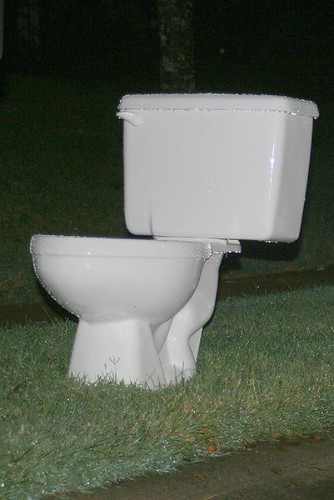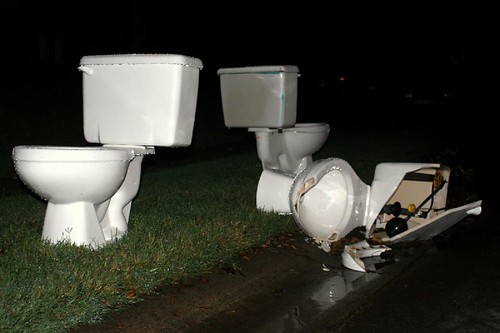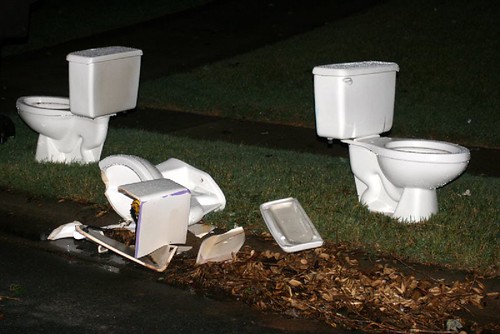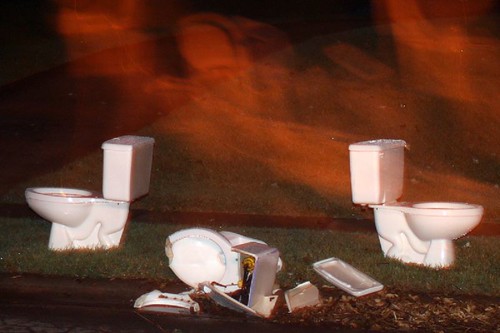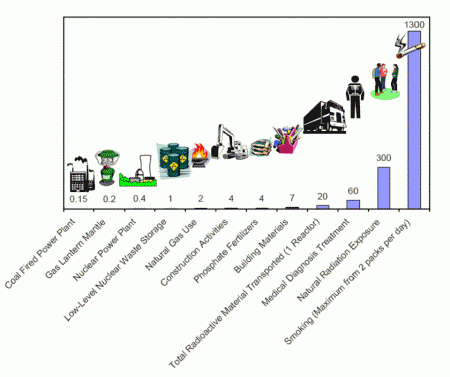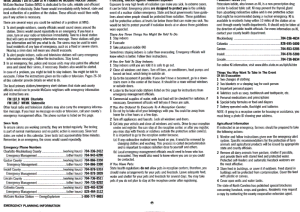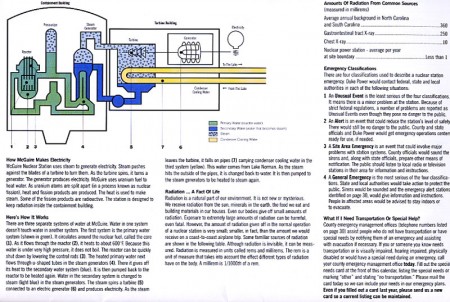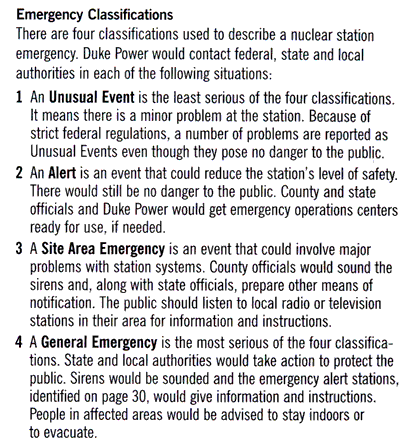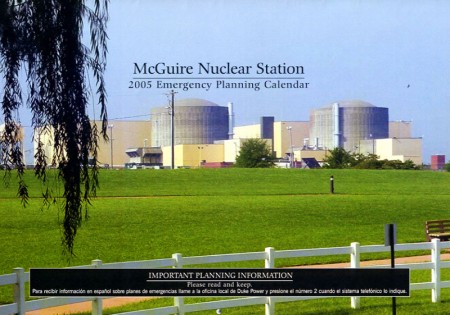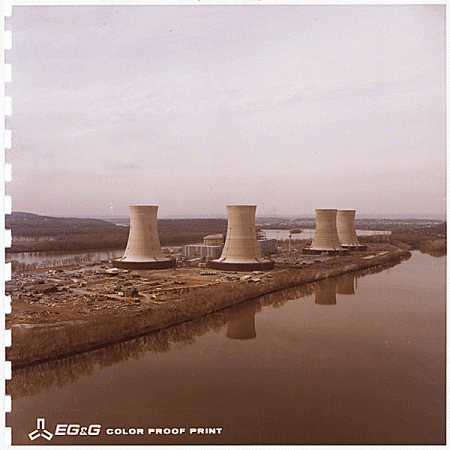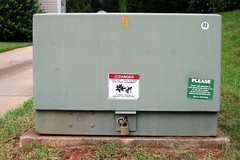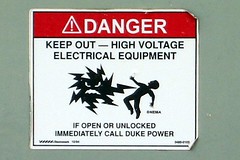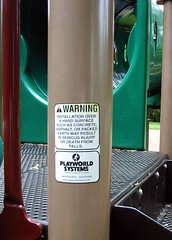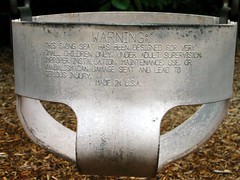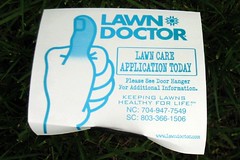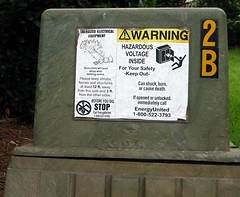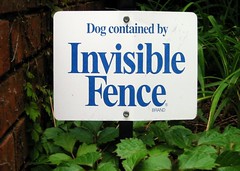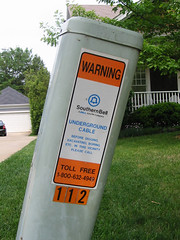“The more we rehearse disaster, the safer we’ll be from the real thing…..There is no substitute for a planned simulation.” So says a character in Don DeLillo’s 1985 novel White Noise, as a midwestern town is overrun by men in Mylar suits, conducting a simulated evacuation from some vague chemical disaster.
Yesterday we had out own rehearsed disaster here at the McGuire Nuclear plant. Here is the official news release, sent via email to local residents:
On Tuesday, August 9, 2005 McGuire Nuclear Plant, Mecklenburg County Homeland Security, and regional first responder agencies will conduct a full-scale facility exercise to test the plant’s response systems as well as local resources and their capabilities in the event of an emergency. So if you live in Huntersville you may see more activity around the plant than normal, no worries. We will share the results after the event debriefing, take care, and be safe.
I had really wanted to go hang around the plant to see what a “full-scale” exercise looks like, but unfortunately I was out shopping. Nothing big, just some groceries—milk, cereal, whatever. Come to think of it, maybe my trip to the store was some sort of defense mechanisim. As Jack Gladney observes, once again in White Noise, “Everything was fine, would continue to be fine, would eventually get even better as long as the supermarket did not slip.”
The irony of it all is that the supermarket is, according to the email Duke sent out, likely more dangerous than a nuclear power plant. The email continues:
People have always been exposed to low levels of natural radiation. These levels provide a “background level” for comparison to exposures that occur from man-made sources. Basically, natural radiation is the result of cosmic rays from outer space and from radioactive materials in the earth. Man-made radiation comes from a variety of sources including medical and industrial uses, nuclear weapons testing, consumer products, and the nuclear power industry.
Damn those “consumer products”!!! I like how the email nestles this phrase in between the equally innocuous phrases “nuclear weapons testing” and “nuclear power industry.”
The good people at Duke Power then attached an informative graphic which details exactly how tiny a threat our neighborhood nuclear reactor poses:
What I love about this image is the juxtaposition of the Coleman lantern and the nuclear power plant. (Although, as I’ve mentioned before, McGuire Nuclear Power Plant looks disappointingly nothing like the towering nuclear plants of my childhood imagination, which is how the nuclear reactor appears in this image.)
This image informs me that natural background radiation is 300 times greater than the radiation released by a low-level nuclear waste storage facility. If that’s true, why is one of the lead stories in this morning newspapers the EPA’s announcement that the Yucca Mountain Facility in Nevada, where much of the nation’s nuclear waste is stored, should shield the outside world from radiation for 1,000,000 years? As most critics note, the one million years rule is a ruse to conceal the fact that the EPA is actually raising the allowable radiation limit for the first ten thousand years of those million years–the years that probably matter more to the Nevadan citizens living near Yucca Mountain.
